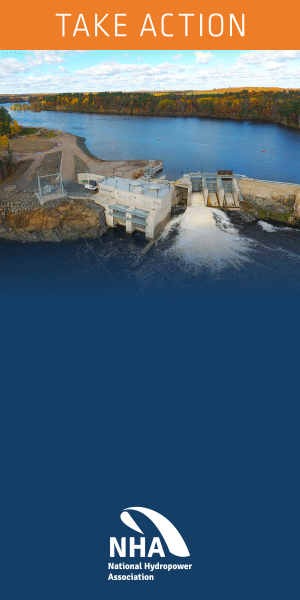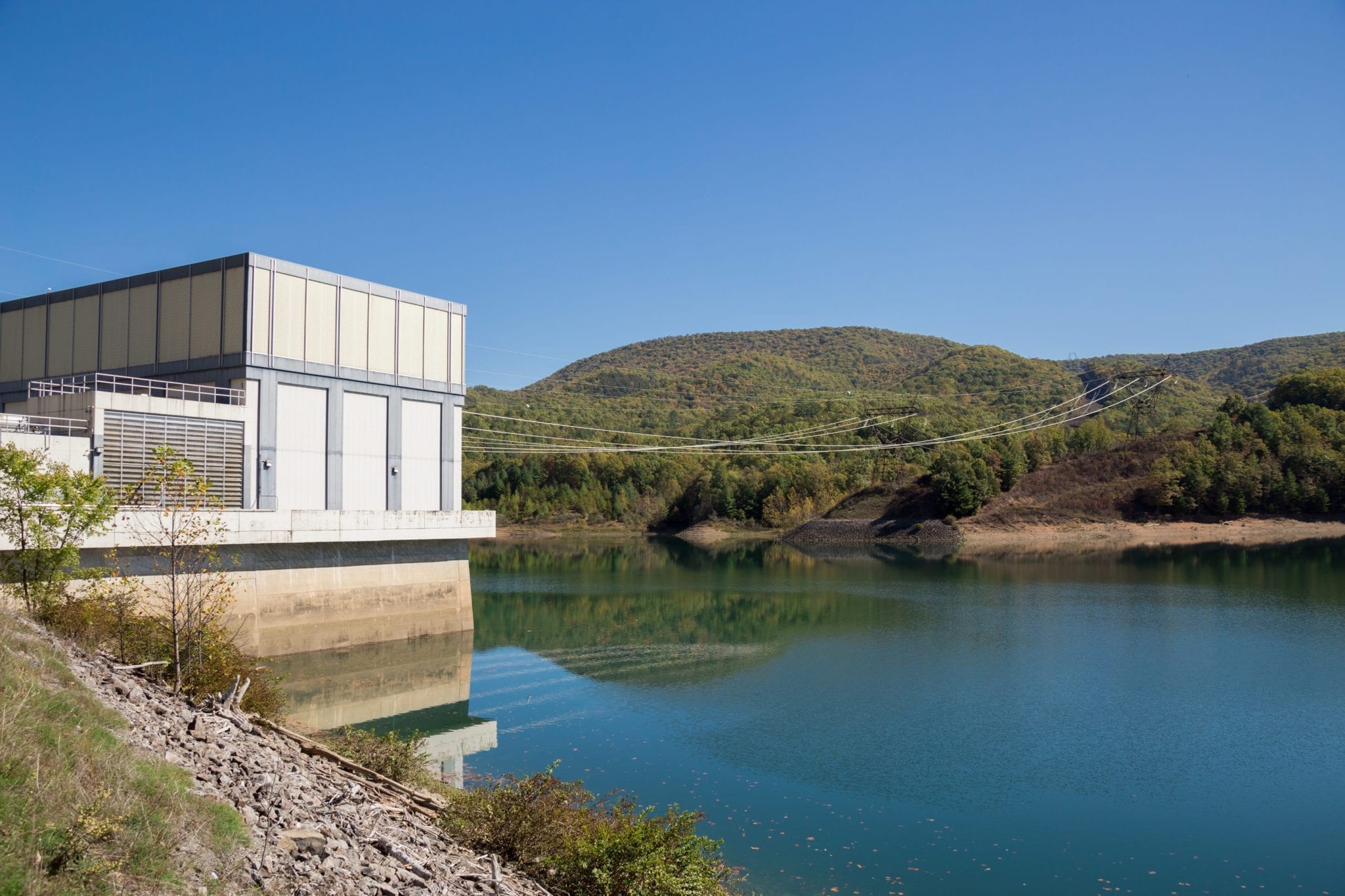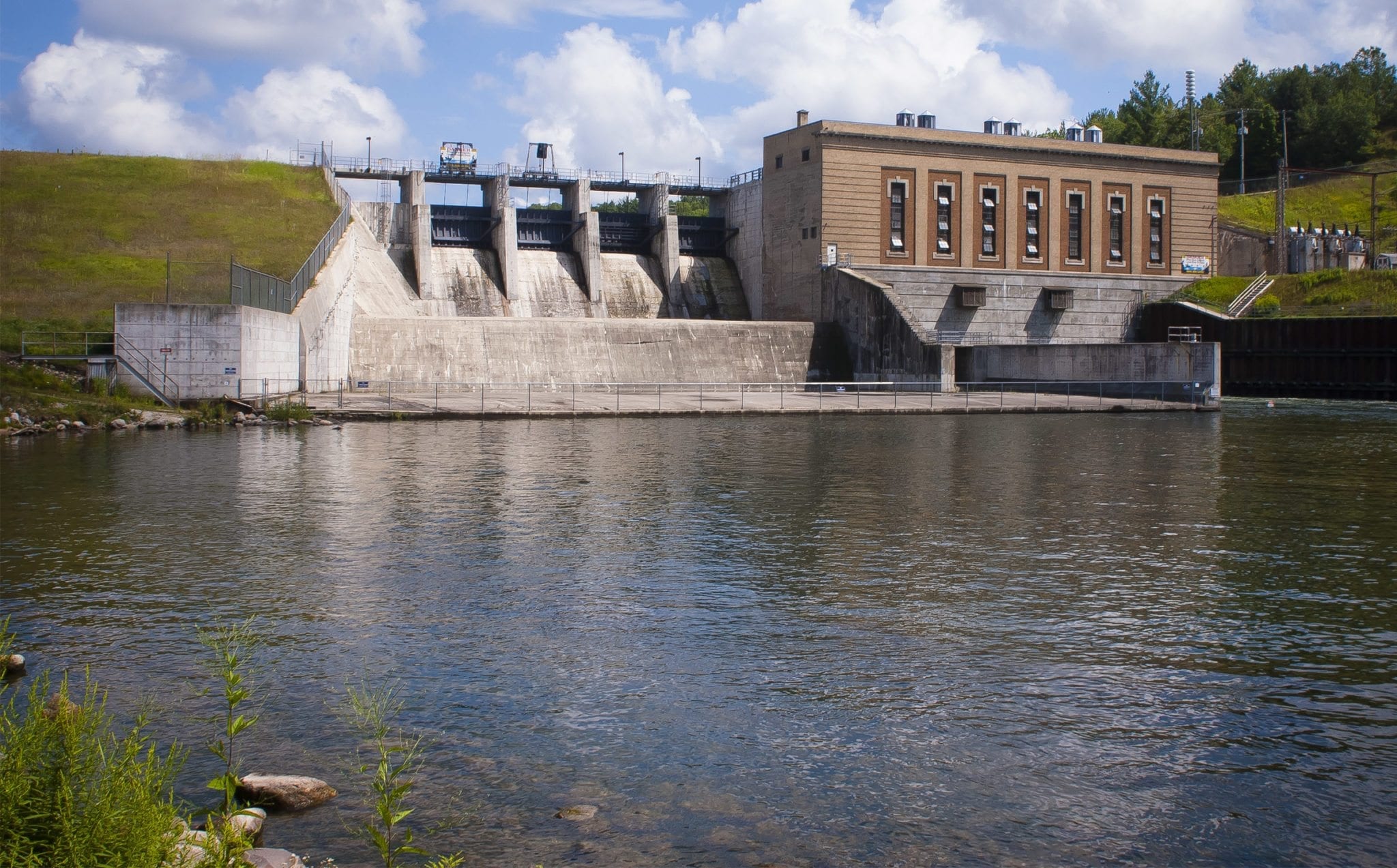
Support Tax Incentives for Hydropower and Marine Energy
Expanding renewable energy production and manufacturing in the United States are among NHA’s top priorities. The U.S. has long used targeted tax credit programs to incentivize investment and innovation in the energy sector. This is true for fossil and renewable resources alike. Tens of thousands of jobs and billions of dollars in private investment across industries — not to mention gigawatts of affordable, reliable, and renewable power — have been driven by smart tax policies.
Currently, the tax incentives for hydropower are expired, while other electricity resources – notably wind and solar – are enjoying long-term extensions. This disparity puts hydropower development at a significant competitive disadvantage, particularly in the eyes of investors who are seeking clarity and certainty.
Hydropower is the nation’s single largest source of renewable electricity. However, further deployment of this clean, reliable energy resource is in jeopardy. As an industry, we strongly urge immediate action on the incentives and policies that have played a critical role in increasing the industry’s contribution to our national energy portfolio. NHA supports an all-of-the-above energy tax policy, but the Congress must fix the inequities under the current policy, which have set up a system that is picking winners and losers.

Common-sense Energy Incentive Reforms
Given the extraordinary potential for expansion of hydropower and marine energy deployment and job creation, NHA supports these common-sense energy incentive reforms:
- Extending the Production Tax Credit for Renewable Energy: NHA supports extension of the Production Tax Credit (PTC) beyond its current expiration at the end of 2014. Since 1992, the PTC has been supported by both parties and has helped grow the country’s renewable energy production to where it is today. However, hydropower technologies were only included under the program in 2005 and marine and hydrokinetics in 2008. Hydropower continues to count for a majority of U.S. renewable energy production and the PTC is an important policy for expanding hydropower’s benefits for American electricity consumers and American industry in the future.
- Equalizing the Production Tax Credit for Hydropower: Currently hydropower receives only half the credit available to other renewable energy sources. That disparity skews investment and job creation away from these projects and leaves potential private sector dollars on the table. Equalizing the tax credit for hydropower will create a burst of investment and unlock the huge job and energy potential of this technology.
- Extending the Investment Tax Credit for Hydropower: Another important tax policy for the growth of America’s renewable hydropower resources is the Investment Tax Credit, or ITC, which NHA is working to extend through 2018. The ITC allows America’s hydropower developers to receive a 30% tax credit for new development and is an important tool in spurring the sometimes capital intensive addition of new hydropower generation. NHA also supports allowing energy storage projects to qualify for the ITC.
- Extending and Expanding the Clean Renewable Energy Bonds (CREBs) Program: NHA supports the extension and expansion of the Clean Renewable Energy Bonds program for public power providers, electric cooperatives and state and local governments. First created in 2005, CREBs have become an important tool for these entities as they set out to grow America’s hydropower resources, with little cost to the taxpayer.
- Allowing Energy Storage to Qualify for the Investment Tax Credit and Clean Renewable Energy Bonds (CREBs) Program: Expanding our nation’s energy storage capacity is essential to ensuring a secure and stable grid as well as integrating more renewable energy — and today, pumped storage (link to Pumped Storage) technology is the only cost-effective, large-scale storage method. Currently, there are no incentives for energy storage project development, including pumped storage, which hinders deployment and further innovation. NHA supports a 20% Investment Tax Credit and CREBs eligibility for all energy storage technologies, which will help drive pumped storage projects and help America deploy an even wider array of clean, renewable power across the grid
- Preserving Tax Exempt Financing for Municipalities: State and local governments and governmental entities, including public power utilities, have utilized municipal bonds as a financing tool for new infrastructure projects, including hydroelectric and other renewable energy projects. Historically, interest paid on municipal bonds is exempt from federal tax, which allows these entities to issue bonds at reasonable rates and assists in meeting their capital needs. NHA, on behalf of our public power utilities, believes the interest exclusion should be preserved. To do otherwise, would impose higher borrowing costs that will limit investment in critical infrastructure, including energy infrastructure like hydro projects.
- EPAct 2005 Section 242 and 243 Incentives: Reauthorize the hydropower production and efficiency incentive payment programs with improvements to benefit hydropower developers and ensure successful Department of Energy implementation of the programs.
- Expanding Clean Energy Manufacturing Tax Credits: NHA supports restoring funding for the Section 48C tax credit for the investments in manufacturing facilities for clean energy technologies. These tax credits have been essential to growing domestic clean energy manufacturing and increasing American clean energy exports. The U.S. hydropower industry is already responsible for hundreds of manufacturing facilities across the country, and these credits helped the industry to expand and create good-paying jobs during the economic downturn.



